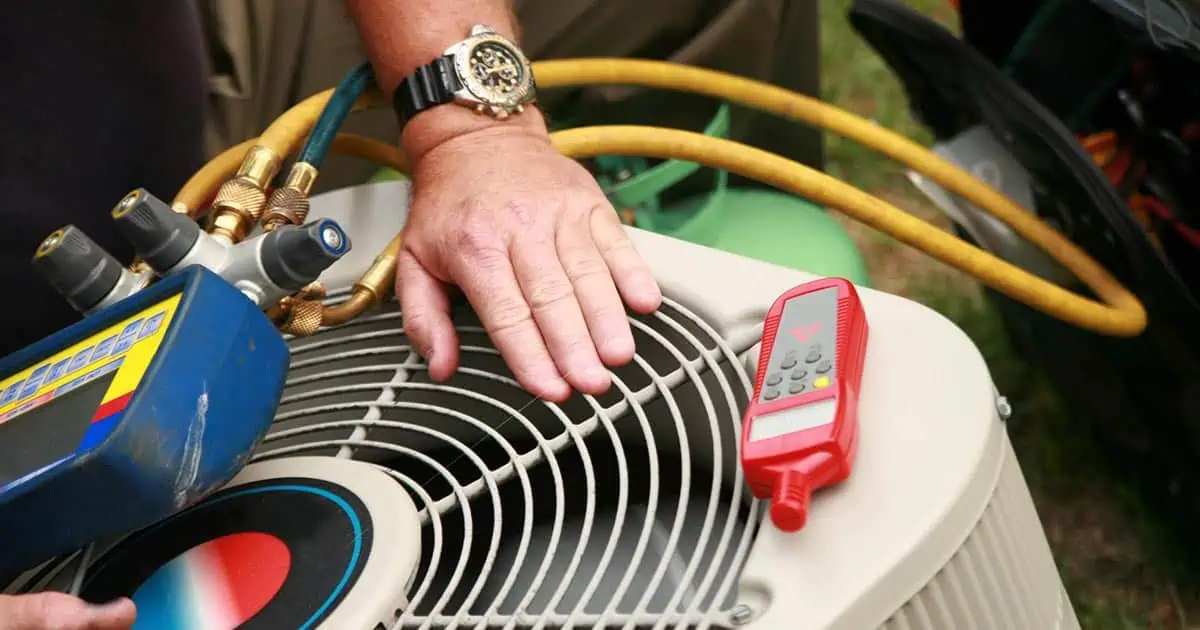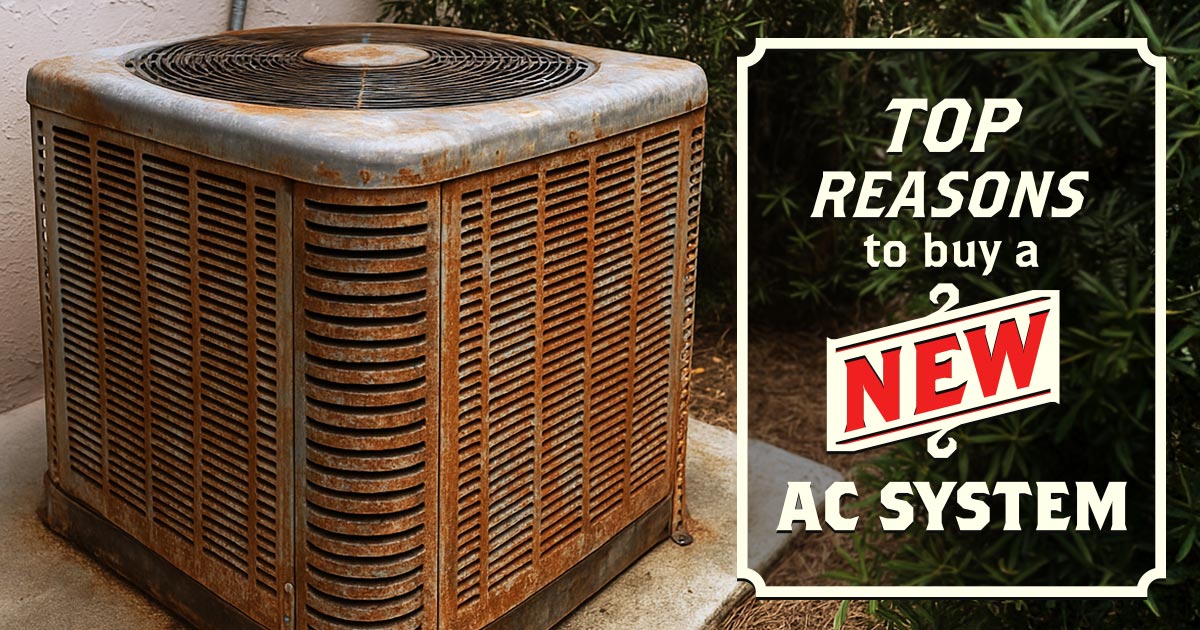The government’s push to increase energy efficiency and reduce emissions directly impacts the HVAC industry, particularly concerning air conditioning. The American Innovation and Manufacturing Act (AIM) was enacted in 2020. Its main goal is to steadily reduce the use of hydrofluorocarbons (HFCs) in various industries to:
- Combat the environmental impacts of HFCs
- Pave the way for innovation
The Act is also expected to result in 33,000 new jobs, nearly $40 billion in direct and indirect manufacturing output, and over $12 billion in improvements to the U.S. trade balance in chemicals and equipment.
Here’s a brief look at what the AIM Act entails and how it affects the HVAC industry.
What Equipment Uses Hydrofluorocarbons?
Effective Jan. 1, 2023, newly manufactured residential and commercial HVAC equipment sold in the U.S. must meet new minimum efficiency standards set by the U.S. Department of Energy. The EPA’s website lists the applications where HFCs or greenhouse gases GHGs are used by various industries:
- Aerosol propellants
- Air conditioning (AC), including disposable, single-use cylinder tanks
- Building insulation
- Automotive
- Fire extinguishing systems (FM-200™ is considered an HFC)
- Foam-blowing agents
- Refrigeration
AIM’s requirements for single-phase residential and light commercial central AC systems will vary by region. Once fully implemented, new products and services will enter the market to meet the new requirements.
On the Horizon: Refrigerant Change
Similar to the EPA phasing out R-22 or freon, the AIM Act authorizes a 15-year phaseout of R410 refrigerant, which A2L will replace. Beginning January 2023, no new systems will use R410, and the systems will be subject to new energy efficiency standards.
A2L refrigerants, including R32 and R454B, are the EPA’s recommended replacements for R410 in self-contained and split-system air conditioners specifically designed for the newer refrigerant.
One downside to A2L, however, is the product is mildly flammable. That presents a new set of considerations when implementing them. Fortunately, the potential for ignition is extremely low, but it’s something HVAC professionals will need to consider.
HVAC Installations & Replacements
Because older AC units can’t transition from R410 to A2L refrigerants, the move to A2L only immediately impacts customers installing new air conditioning systems in their homes or businesses. Therefore, HVAC technicians will need to stay current with the best practices for working with both types of refrigerant over the next several decades.
If you’re installing a new AC system in your home, or if it’s time to replace your system, it’s critical to hire HVAC professionals who understand the AIM Act and what it means to your new system.
With over 60 years of experience in residential AC replacements, AC installations, and commercial HVAC installations, Air Flow Designs can deliver the exceptional cooling services you expect and deserve.
Contact us online to learn more or schedule a service appointment.



